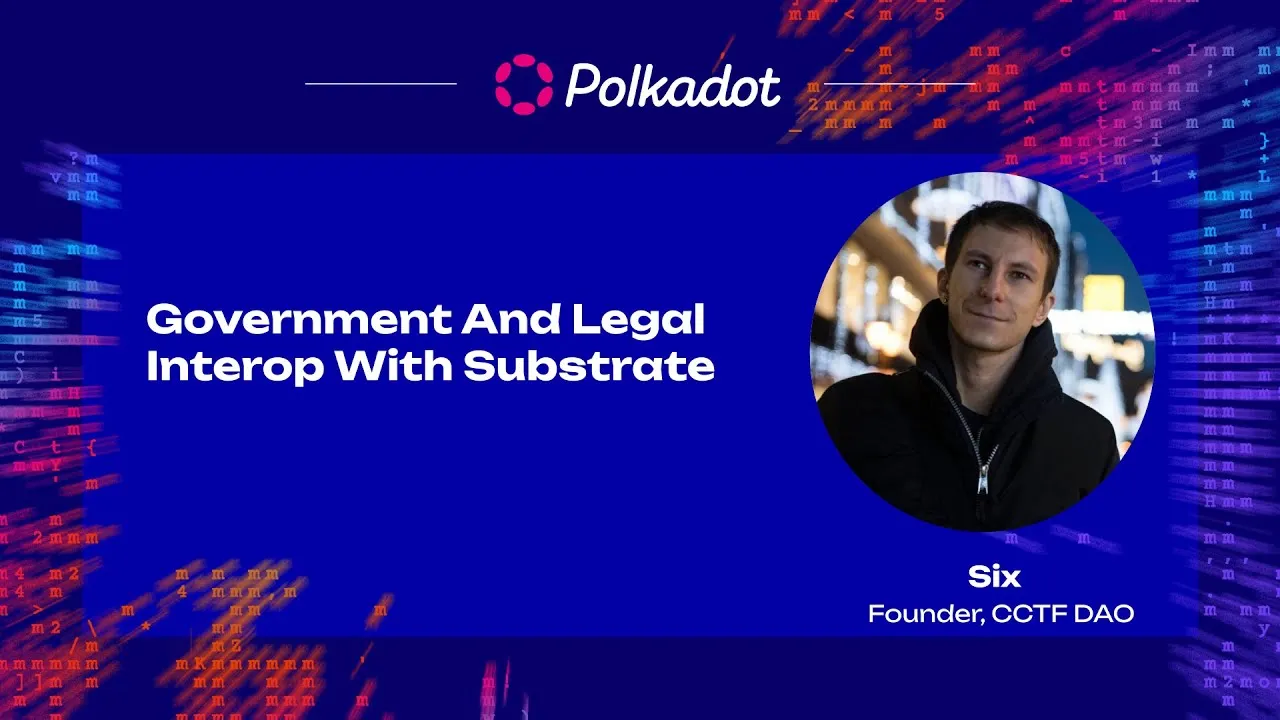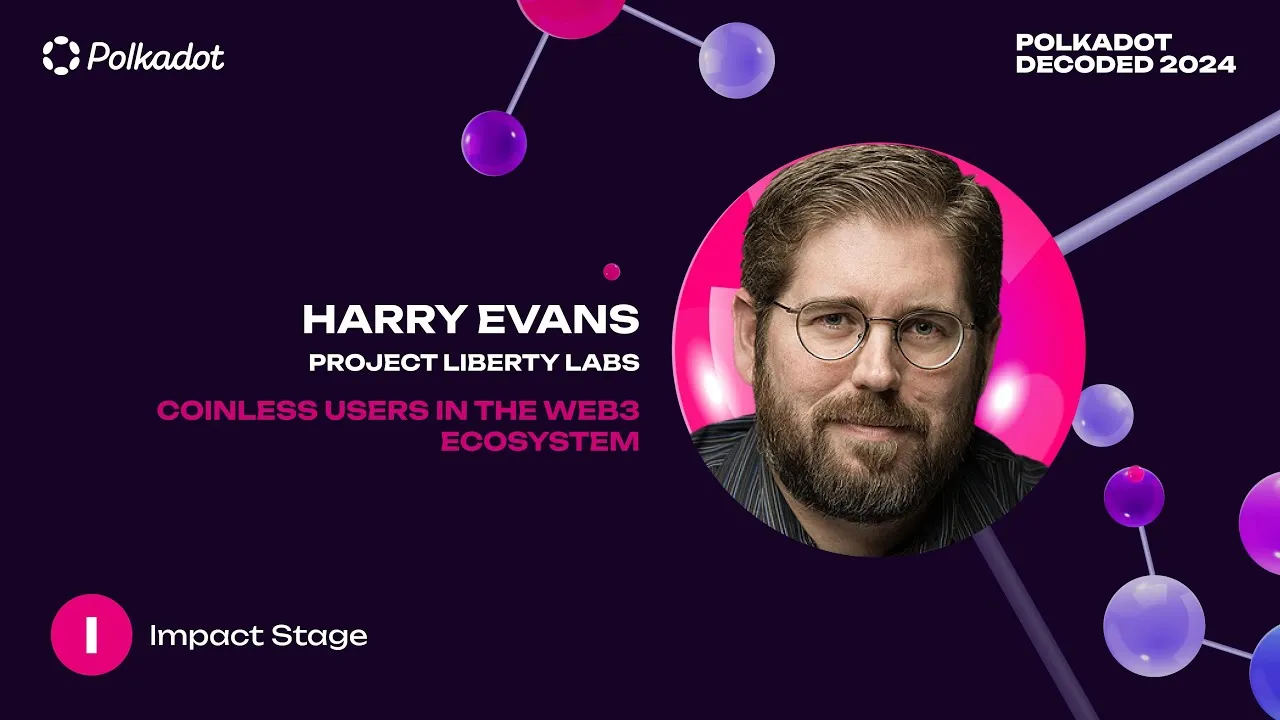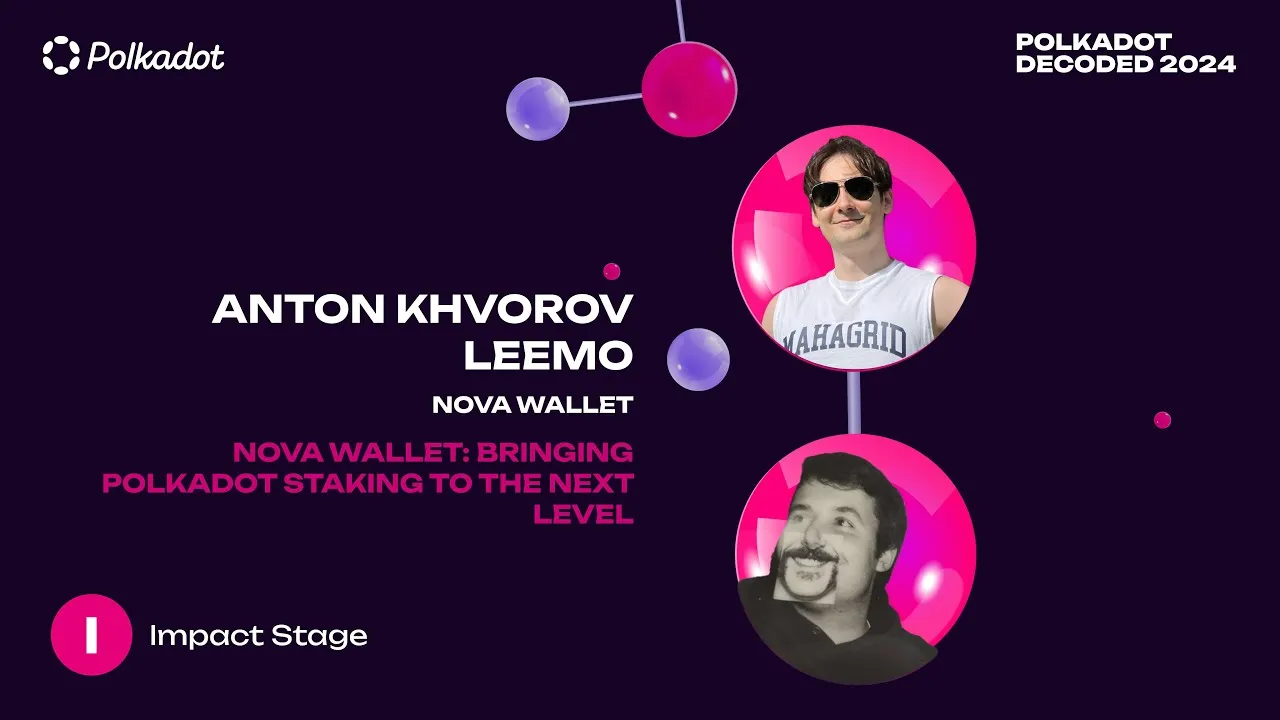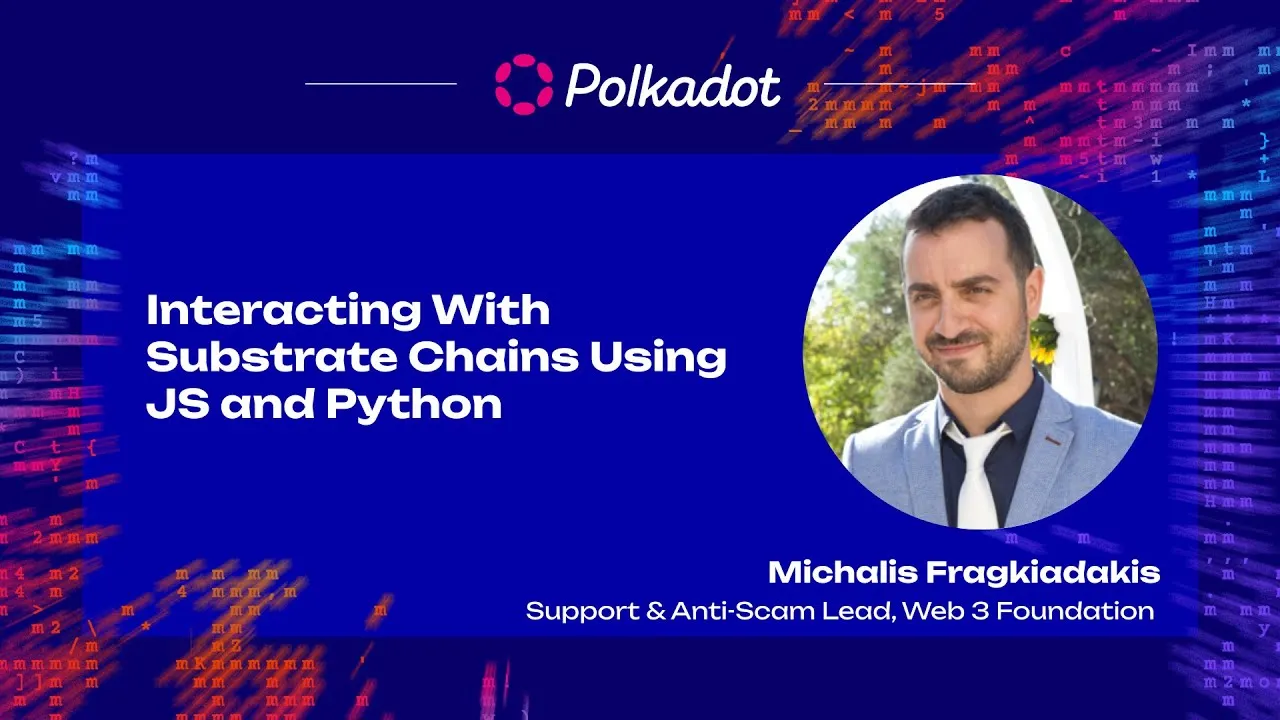

Bittensor
Bittensor represents a groundbreaking approach in the field of decentralized machine learning and artificial intelligence.
Bittensor: A Decentralized Intelligence Market for the Polkadot Ecosystem
Bittensor represents a groundbreaking approach in the field of decentralized machine learning and artificial intelligence. Developed to address the inefficiencies and limitations inherent in traditional AI model training and evaluation, Bittensor creates a peer-to-peer (P2P) intelligence market where AI models, or “neurons,” are evaluated and rewarded by their peers. This system is built on a robust blockchain infrastructure, leveraging Polkadot Substrate for security, transparency, and scalability.
The Need for a New Intelligence Market
Traditional AI development relies heavily on centralized entities and benchmarking systems that focus on narrow, supervised problems. This leads to several issues:- Centralization and Access: Only a few large corporations control access to the most advanced AI models, limiting the opportunities for independent researchers and smaller organizations.
- Benchmarking Limitations: Current systems reward performance on specific tasks, often measured in uni-dimensional metrics like accuracy, which do not capture the broader applicability or unique value of diverse intelligence systems.
- Monetization Challenges: Engineers and researchers find it difficult to directly monetize their contributions, leading to a lack of incentive for innovative solutions outside mainstream tasks
Bittensor’s Solution
Bittensor proposes a decentralized market where machine intelligence is continuously evaluated by other AI models in a P2P fashion. This system provides several key benefits:- Broad Applicability: Intelligence is measured for its informational production rather than specific tasks, allowing a wide range of models to find value and niches within the market.
- Monetization: Researchers can directly monetize their contributions, receiving rewards proportional to the value their models provide to the network.
- Decentralization and Trust: Using a blockchain ledger, Bittensor ensures that evaluations and rewards are transparent and resistant to collusion and manipulation .
Bittensor Technical Architecture
Bittensor consists of two main layers: the AI Layer and the Blockchain Layer.Bittensor AI Layer
The AI Layer is responsible for the core machine learning operations. Each node in the network hosts a neural network, referred to as a “neuron.” Neurons can request information from other neurons and use these responses as inputs for their models. This interaction is authenticated and logged on the blockchain to ensure integrity and transparency . The protocol employs a mixture-of-experts (MoE) architecture, where each neuron functions as an expert. This setup allows for efficient model training and inference by leveraging the strengths of various models across the network .Bittensor Blockchain Layer
The Blockchain Layer is built on Polkadot Substrate, ensuring high security and scalability. This layer handles:- Consensus Mechanism: Ensures that the network agrees on the rankings and rewards of each neuron.
- Peer Identity: Utilizes cryptographic keys to maintain the unique identity of each peer.
- Incentive Distribution: Implements a trust-based incentive mechanism to reward neurons that provide valuable information and are trusted by the majority of the network .
Peer Ranking and Incentives
In Bittensor, peers rank each other based on the informational value they provide. This ranking is crucial for the distribution of incentives. The system uses a Shapley value-based method to fairly distribute rewards, ensuring that each neuron’s contribution to the network is accurately reflected in their earnings . The network also incorporates mechanisms to prevent and penalize dishonest behavior, such as forming collusion groups or “cabals.” By rewarding trust and consensus, the system ensures that honest and valuable contributions are recognized and incentivized .Current State and Future Directions
Since its launch in November 2021, the Bittensor network has grown to include 4096 peers running a variety of language models, collectively managing 500 billion parameters. The network continues to evolve, with ongoing improvements to its algorithms, consensus mechanisms, and overall infrastructure to enhance scalability and performance .Conclusion
Bittensor introduces a novel and decentralized approach to AI development, where machine intelligence is both created and evaluated by a network of peers. This system not only democratizes access to advanced AI but also provides a fair and transparent way to monetize contributions. By leveraging the strengths of blockchain technology within the Polkadot ecosystem, Bittensor is poised to become a gold standard in the decentralized intelligence market. This new model has the potential to transform how machine intelligence is developed, evaluated, and utilized, fostering an environment of innovation and collaboration across the global AI community.- Related Token/s: TAO
Bittensor project details:
- Legal Entity: OpenTensor.
Last time updated:May 14, 2024





















